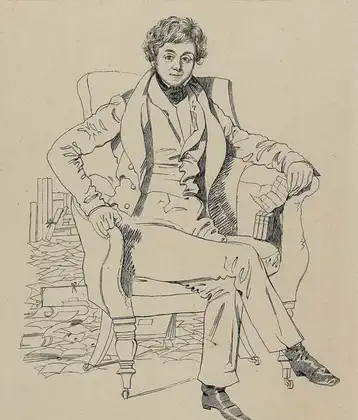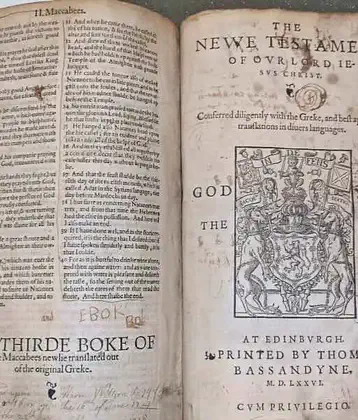On July 10, 1633 in Celtic History
Sailing ship blessing of burntisland, sank

The Blessing of Burntisland was a wooden ferry that carried people and goods 5 miles (8 km) across the Firth of Forth, Scotland, between Burntisland and Leith in the early 17th century. It sank in 1633 carrying a large amount of royal treasure. The shipwreck has never been found.
In 1626, the ferry was granted Letters of Marque, a license to attack or capture enemy vessels during the Thirty Years’ War.
The ferry capsized during a storm on 10 July 1633.
Only two of its thirty-five passengers and crew survived.
It was also carrying 20 carts of jewels, plate and textiles belonging to Charles I,which included, among other valuable objects, a 280-piece silver dinner service commissioned by Henry VIII.
Charles, undertaking an official tour of Scotland after his coronation there, had been staying at his hunting lodge in Falkland. He watched the ferry sink from the deck of his flagship, the Dreadnought. He blamed the sinking on a coven of witches, who were subsequently put on trial and executed in Lancashire.
The royal cargo, of between four and five tons of gold and silver, was estimated to be worth £100,000 at the time, US$400 million in 1997, and £500 million in 1999.
More From This Day








